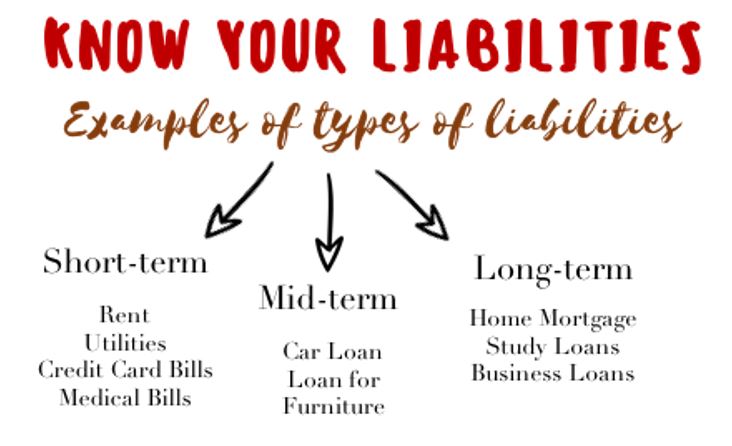
Do you find it hard to keep up with your expenses? Struggling to put aside money for savings every month? Or are you just, in general, unhappy with your current financial situation?
Do you have goals in mind? To buy your own car? Your own house? Start your own business? Be able to travel around the world after you retire?
Chances are, these goals are probably not going to be realised if you choose not do anything about it.
To have the bright financial future you envisioned, there are 2 important parts – a) Regain your financial health and b) Strengthen your finances and grow your wealth.
In this article, we will first explore how you can get back your financial health in 5 simple steps.
Step 1: Understand your net worth
Firstly, you need to have a clear understanding of your net worth – the difference between what you have and what you owe.
Make a list of your assets. What are they? How much are they worth?

Make a list of your liabilities. What are they? How much have you incurred?

Subtract your liabilities from your assets to determine your net worth.
Determining your net worth is important in understanding your financial standing. If your net worth is negative, why? Are you biting off more than you can chew?
Step 2: Know your goals and priorities
Keeping your net worth in mind, what are some of the financial goals you want to achieve? Think both short-term and long-term.
Short-term goals are generally smaller in size and achievable in the near future while long-term goals usually require a longer time horizon with a much more disciplined action plan.
For example:
Short-term goals: To finish repaying my student loans by 25, to save $3000 in my savings account by 30.
Long-term goals: To make sure I have enough to retire comfortably by 65
Whatever your goals are, write them all down. It is then important to rank each goal and decide your priorities. Which goals are the most important to you? Having a clear goal in mind would make managing your finances much easier and help deter impulsive financial decisions that could steer you off your path.
Step 3: Clear your debts
Liabilities incur interest payments and the longer you take to pay them off, the larger the accumulated interest gets.
Take ownership of your debts and start paying them off right now – starting off with the one with the highest interest rate. Break your debt down into smaller and more manageable parts and make it a short-term goal of yours to pay them off consistently.
Go debt-free, stay free, and in the future you will be immensely grateful!
Step 4: Develop a spending plan
Having a spending plan, that uses projections of your income and expenses as the basis, would be immensely useful in helping you stay on track with your goals.
Here are some possible income and expense categories you should be including in your budget:

Depending on your needs, your plan can vary from something very complex to something as simple as a checklist. Here are some items that can help jumpstart your planning:
Plan your expenses
Project how much you would need to spend on your various expense categories. Aim to minimize your expenses by cutting down on unnecessary expenditure! You will be surprised how much you can save just by prudent spending.
Keep records of your spending
This will help you plan your budget well and allow you to evaluate if you have been spending your money well. If it’s too much of a chore to constantly document your spending, keep your receipts and note down all your expenses at the end of the month.
Determine your net income
Determine how much income you are generating and subtract your expenses from it. If there is a surplus, decide if you would like to spend, save or invest your money. If there is a loss, adjust your budget by either finding ways to increase your income or cutting down on your spending.
Keep your plan updated
Now that you have a spending plan, be sure to keep it updated whenever you have new goals or predictable expenses (i.e. child birth) or just any changes in general.
Step 5: Stay protected with Insurance
Finally, the importance of having proper insurance coverage cannot be emphasized enough. Having a well-covered insurance ensures that you and your family are well-protected in case of death, disability or illness, allowing you to concentrate on achieving your goals with a peace of mind
Understand which insurance policies are most suitable for you and your goals. You could talk to an insurance agent or read more about them via the many online resources available. Here’s one: http://www.moneysense.gov.sg/Understanding-Financial-Products/Insurance/Types-of-Insurance/Life-insurance.aspx
Naturally, improving your financial health would take time, consistent effort and determination.
With healthy finances, you could then start strengthening your wealth to achieve your financial goals, which we would talk about in a separate article. A bright financial future is not far away – start now!












